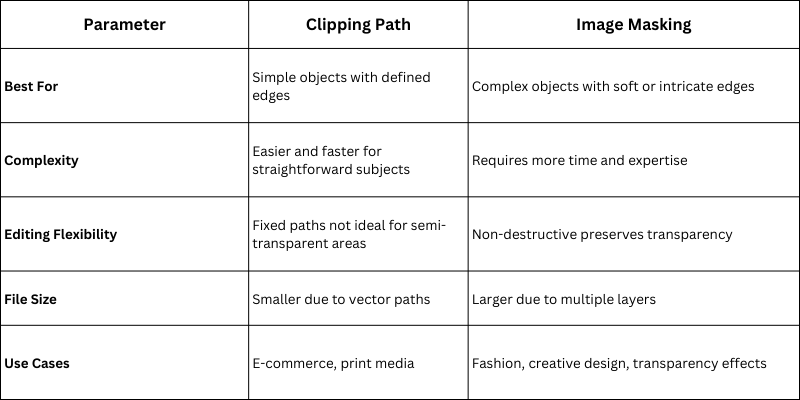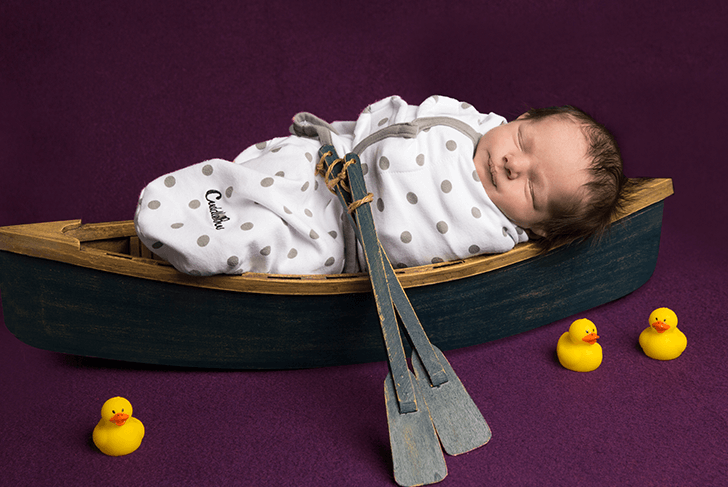 Affiliate Blog Copy – Sell Without Selling. Earn More Now!
Affiliate Blog Copy – Sell Without Selling. Earn More Now!
Clipping Path vs. Masking: Which Technique is Right for You?
Written by Robert Charles » Updated on: June 17th, 2025

In the world of professional image editing, two techniques often stand out when it comes to isolating subjects or enhancing visuals: Clipping Path and Image Masking. Both are essential tools for photographers, designers, and businesses that rely on high-quality images. But how do you decide which technique is best suited for your project? Let’s dive deep into the differences, use cases, and benefits of each method, along with insights into leveraging professional clipping path services for your needs.
Understanding Clipping Path
A clipping path is a vector-based technique used to create a precise outline around an object. This method involves using pen tools in software like Adobe Photoshop to draw paths around the subject, effectively separating it from its background. Clipping paths are particularly useful for objects with clear, defined edges.
Key Features of Clipping Path:
• Precision: Offers exact cutouts for objects with sharp or solid edges.
• Scalability: Being vector-based, clipping paths can be scaled up or down without losing quality.
• Ease of Editing: Once a path is created, the background can be easily removed, changed, or made transparent.
Common Applications of Clipping Path:
1. E-commerce: Product images, especially items like shoes, bags, or electronics, often require clipping paths to make them pop on white or transparent backgrounds.
2. Advertising: Isolating products for banners, posters, or digital ads.
3. Printing: Preparing images for catalogues, magazines, or brochures.
Limitations:
Clipping paths are not ideal for objects with intricate edges, such as hair, fur, or semi-transparent materials. For these, image masking is the better choice.
Understanding Image Masking
Image masking is a pixel-based technique that isolates a subject while preserving intricate details like fine edges, transparency, or textures. This method involves using layer masks or alpha channels in editing software to define which parts of the image remain visible and which are hidden.
Key Features of Image Masking:
• Detailed Precision: Perfect for objects with complex or soft edges, such as hair, feathers, or glass.
• Non-Destructive Editing: Changes made using masks are reversible, allowing more flexibility during the editing process.
• Preserves Transparency: Excellent for semi-transparent objects like veils, smoke, or glass.
Common Applications of Image Masking:
1. Fashion Photography: Handling subjects with flowing hair or intricate clothing details.
2. Product Photography: Transparent or translucent products, like glass bottles or plastic wrappers.
3. Creative Composites: Creating artistic photo manipulations or blending multiple layers.
Limitations:
Image masking is time-consuming and requires advanced skills, especially when dealing with highly detailed subjects. It also demands more processing power and storage space due to the use of multiple layers.
Comparing Clipping Path and Image Masking
To determine which technique is right for your project, let’s compare clipping path and image masking across key parameters:

Choosing the Right Technique
The choice between clipping path and image masking boils down to the nature of your subject and the desired outcome. Consider these scenarios:
When to Use Clipping Path:
1. Solid Edges: Products with clear, sharp boundaries like furniture, gadgets, or jewelry.
2. Bulk Editing: Large volumes of product images requiring uniform backgrounds.
3. Cost Efficiency: Clipping paths are generally quicker and more affordable for simple edits.
When to Use Image Masking:
1. Intricate Details: Subjects with soft or uneven edges, like hair, fur, or delicate fabrics.
2. Transparent Objects: Items like sunglasses, curtains, or bubbles.
3. Creative Projects: High-quality composites or artistic manipulations.
Leveraging Professional Clipping Path Services
Outsourcing your image editing to professional clipping path services can save time, reduce costs, and ensure consistent quality. Here’s why it’s a smart move:
Benefits of Professional Services:
1. Expertise: Skilled editors use advanced tools and techniques to deliver flawless results.
2. Time Efficiency: Focus on your core business tasks while experts handle your image editing needs.
3. Scalability: Manage large batches of images for e-commerce or marketing campaigns effortlessly.
4. Cost-Effective: Access high-quality results at competitive pricing, especially for bulk orders.
What to Look for in a Service Provider:
1. Experience: Ensure they specialize in both clipping path and masking techniques.
2. Portfolio: Review past projects to assess quality and versatility.
3. Turnaround Time: Choose a provider that meets your deadlines without compromising quality.
4. Customer Support: Look for responsive communication and support for revisions.
Final Thoughts
Both clipping path and image masking are indispensable tools in professional image editing, each suited for specific scenarios. Clipping paths excel in precision and efficiency for straightforward objects, while image masking shines in preserving intricate details and transparency. By understanding the strengths and limitations of each technique, you can make informed decisions that elevate your visual content.
For businesses and professionals, investing in reliable clipping path services can streamline workflows, enhance image quality, and drive better results across e-commerce, advertising, and creative projects. Whether you need clean product images or complex composites, the right technique will ensure your visuals leave a lasting impression.
Note: IndiBlogHub features both user-submitted and editorial content. We do not verify third-party contributions. Read our Disclaimer and Privacy Policyfor details.
Copyright © 2019-2025 IndiBlogHub.com. All rights reserved. Hosted on DigitalOcean for fast, reliable performance.













